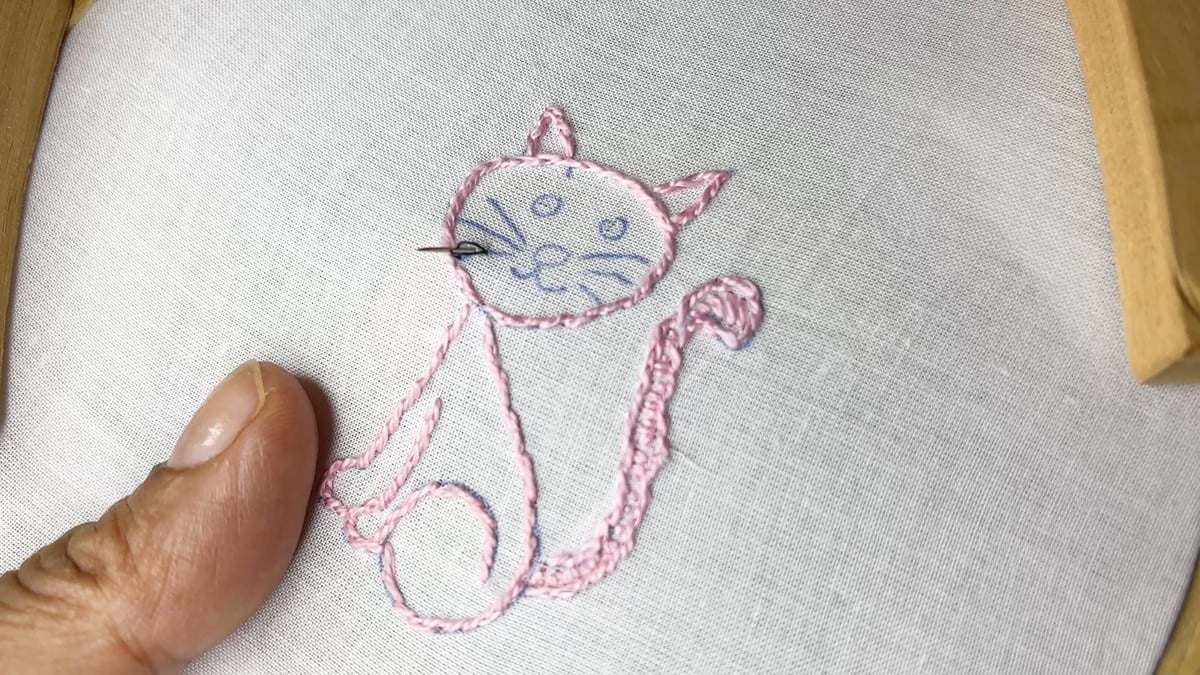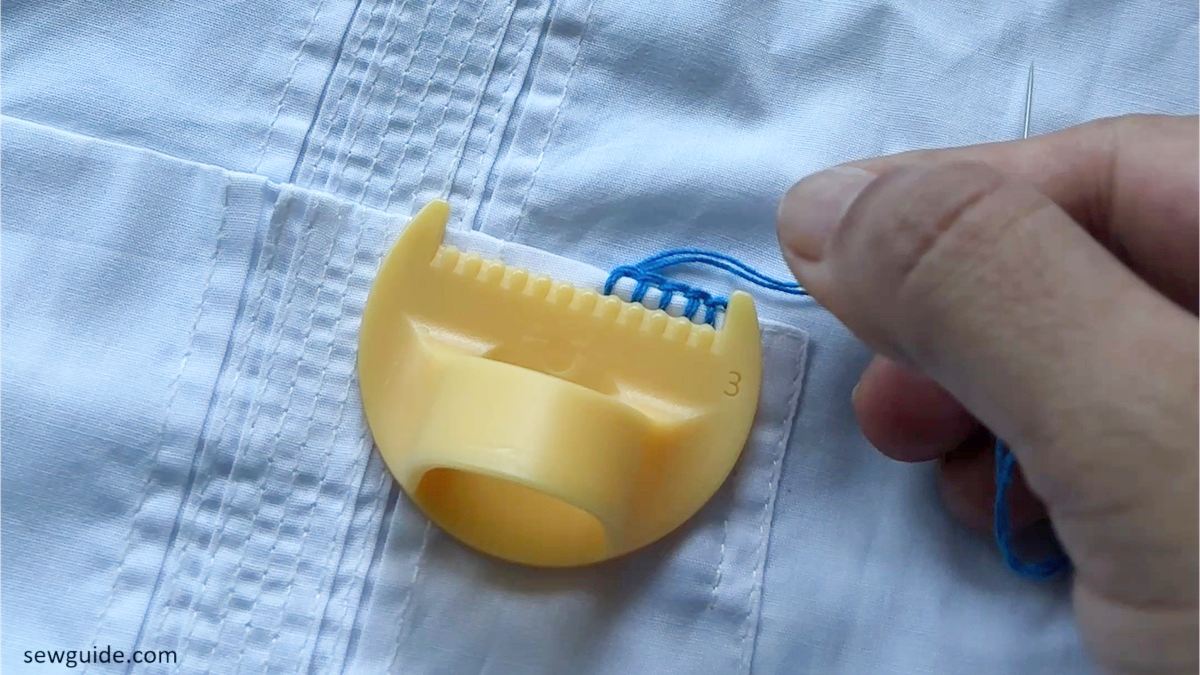
In my Chikankari salwar suits, I noticed small sparkling spots scattered across the fabric. Later, I learned these aren’t just decorative elements—they belong to a specialized embroidery style known as Mukesh work, which originates from Uttar Pradesh, India
Mukesh work is a metallic embroidery work done with a special thin flattened metallic thread. The work looks as if small metal pieces are embedded in the fabric.
The original way the Mukeish work is done by traditional craftsmen of India is very laborious. They start by preparing the metal wire for it. Metal wire is flattened and this is then used to embroider on the fabric.

At one point in time, real gold and silver metals were used to do this work. Today you can buy flattened metallic plate (a flattened shiny laminated film in different widths) for this. And it is to be used along with a special flat needle, that will keep the flat plate thread intact.

There are 2 ways Mukeish work is used to embellish fabric – It can be done exclusively ie chiffon and georgette fabric is embroidered entirely with this work. Next way is to use the work to enhance the look of an embroidery embellished garment.
Checkout a video to learn how it is done :
Mukesih work is usually used along with Chikankari work. The metallic thread gives the simple chikan work a special lustrous look. Bridal trousseaus with full-on chikan work and Mukeish work is fit for the royals.

The most common design in Mukeish embroidery is to work the metal pieces as small dots. These are used as an outline of the design. When this is done all over a plain fabric the fabric shines. Mukeish work done this way is very time consuming and labor intensive and hence very expensive.
Related posts : Indian Embroidery designs ; 12 types of metallic threads ; Hand embroidery FAQ ; How to do Chikankari embroidery ; 5 Simple chikan embroidery motifs.; Zardosi work





